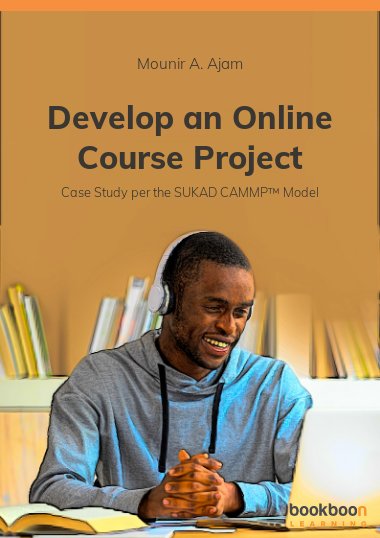This eBook (6/7; CAMMP™ Case Studies and Simulation series) includes two case studies of completed projects. The projects are about developing online courses, which we cover from concept to published book. The case studies in this book reflect the use of “waterfall concepts” on one project, which we call Big Band development and the use of “Agile concepts” on another project. In the CAMMP™ perspective, we view concepts like waterfall and agile as subset of a project management methodological approach. Therefore, in these two case studies, both are for online courses, we demonstrated that CAMMP™ is a project life cycle methodological approach while waterfall and agile are limited to the development work.
About the author
Mounir A. Ajam is a co-founder and CEO of SUKAD Corp. SUKAD Corp is an organization focusing on providing organizational clients with integrated project management services and solutions. Currently, SUKAD is leading the development of a pioneering and innovative cloud-based online solution, the Uruk PPM Platform. Mounir is also project management thought leader. He is the leader behind the SUKAD Way for Managing Projects, which include an organization project management solution, project management and product development methodology, and a project success model. These innovative products are the starting point for the Uruk PPM Platform.Mounir has published numerous e-books, all on project management, with Bookboon.com. CRC Press (Taylor & Francis) has also published Project Management beyond Waterfall and Agile (related to CAMMP, the SUKAD Way methodology). Further, CRC Press is also publishing Leading Megaprojects, A Tailored Approach.


